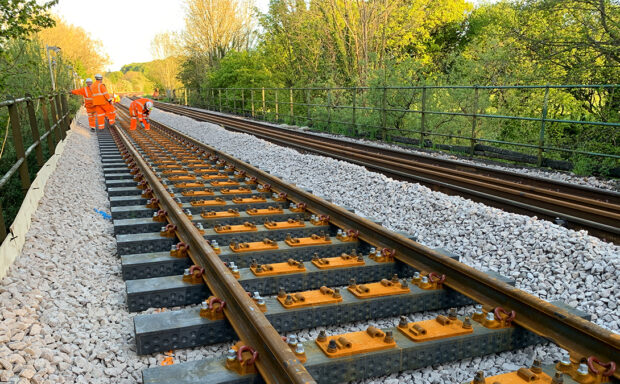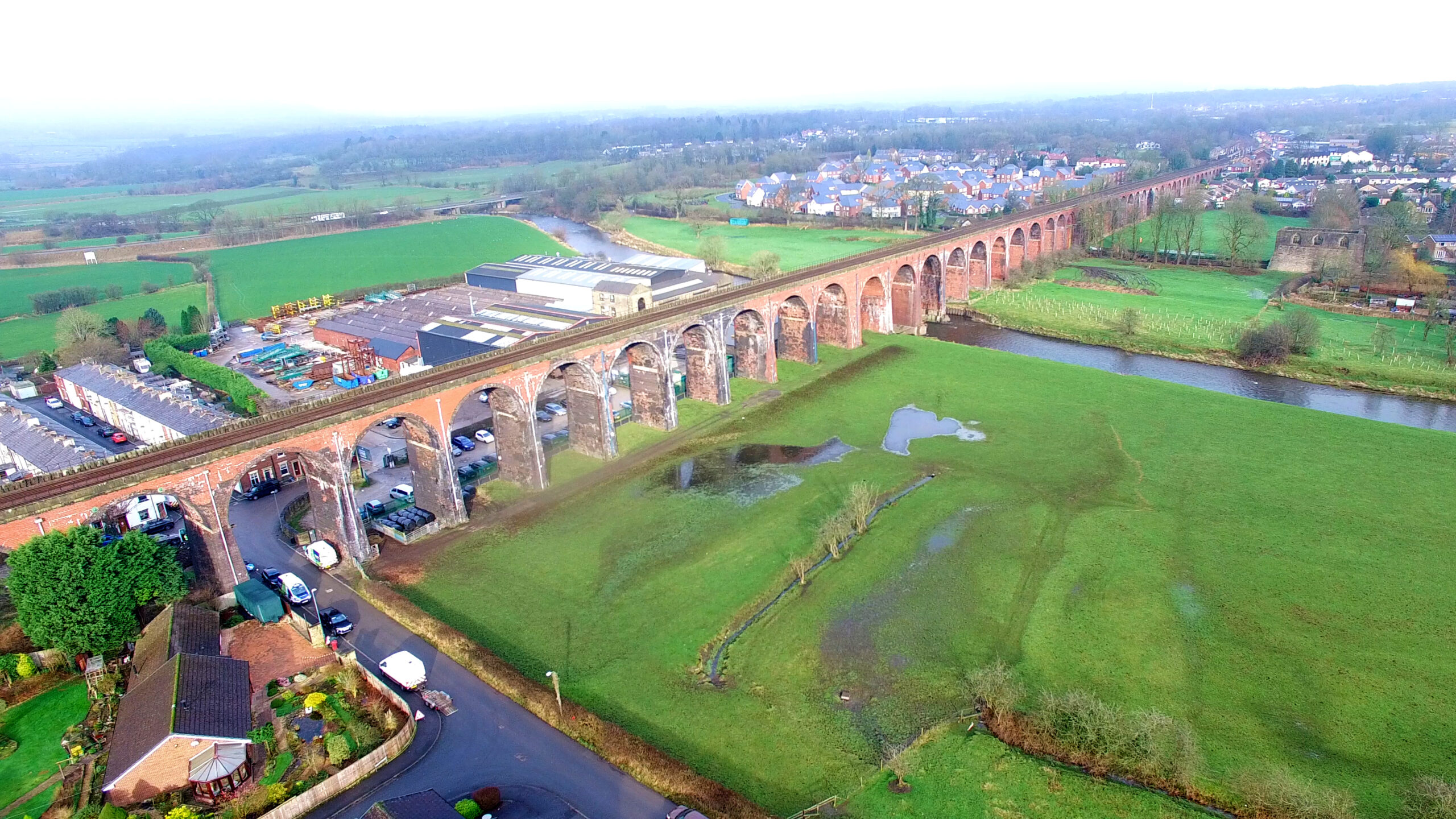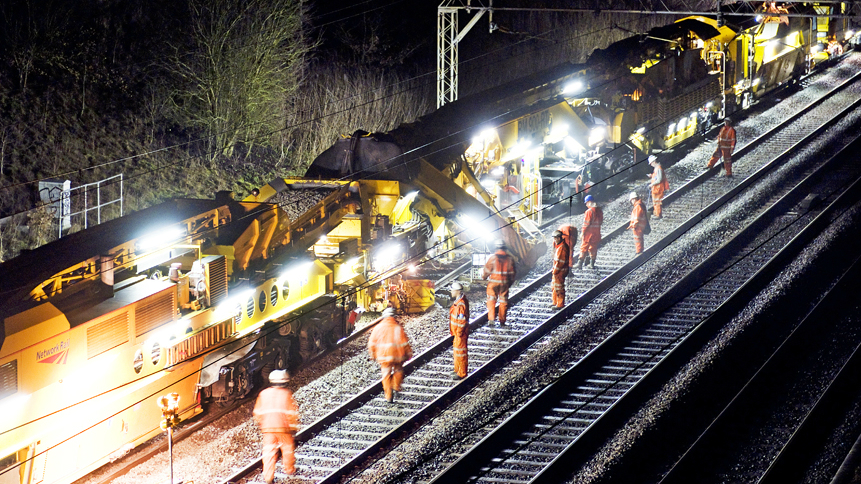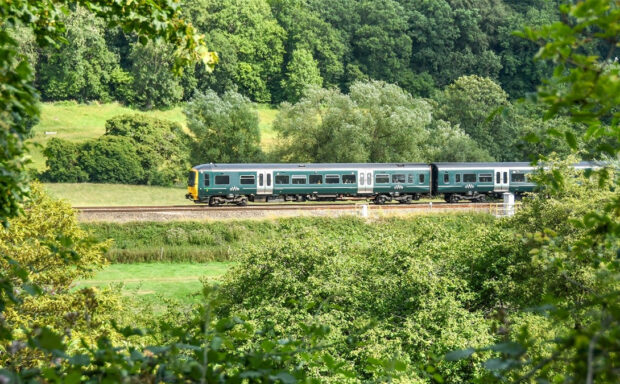Beside the railway in Surrey sits a curious topiary bird.
It’s a moving memorial to a train guard who lost his life in a tragic incident almost 130 years ago this month – but unknown to many outside the local area.
It survives today thanks to a band of dedicated volunteers who affectionately know it has the Chilworth Chicken.
A tragic incident
The memorial to railway veteran guard Henry Wicks followed a devastating derailment on the line on Monday 29 February 1892 – a leap year.
A goods train travelling from Redhill to Reading crashed at about 10:40pm, throwing Henry to his death. The train, led by two locomotives, had come apart because of a broken goods wagon coupling.
The front portion of the train continued down the gradient at 10mph and was eventually stopped by the two locomotives. The rear wagons caught up and collided with the front section between Gomshall and Chilworth.
The impact threw 30 wagons down the embankment and derailed the vehicle’s front nine wagons and the second locomotive.
Henry, age 52, cleared the wreckage and was found at first light lying on the embankment. He had worked on the railway for 30 years and left behind his wife, Emma Elizabeth Wicks; a son, Joseph Wicks, and daughter-in-law, Jessie Wicks.
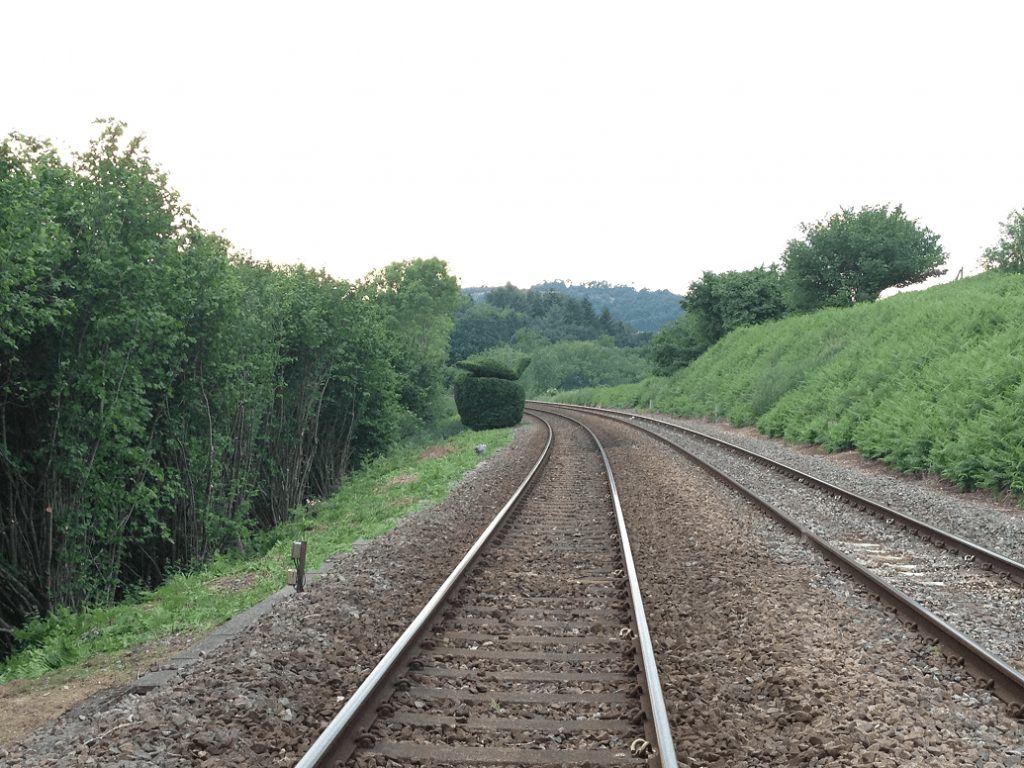
On 4 March 1892, the local Coroner held the inquest into Henry’s death at Chilworth. Evidence from railway employees, officials and a doctor resulted in the verdict of an “accidental death through a railway accident’’.
Jessie was especially upset by the loss of her father-in-law, according to reports at the time, and was instrumental in the planting of his lineside memorial and asking railway workers to care for it.
Rather than a chicken, the topiary is pheasant-shaped – the Victorian fashion. It sits on a wide chair, symbolising Henry’s peace, and is also known as Jessie’s Seat.
Paul Kemp, a shift regulation manager at Network Rail, is among the volunteers who have looked after the memorial for many years.
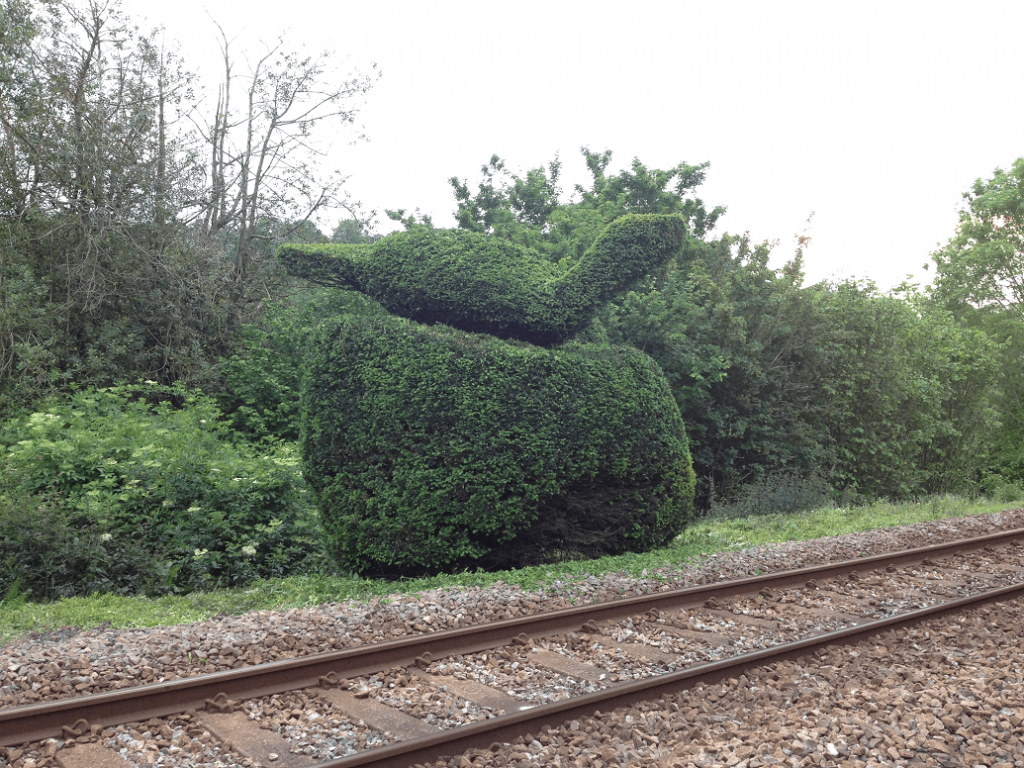
Companies including former railway operator British Rail maintained it until 1989. For most of the past 30 years, the volunteers have looked after it, with support from railway operators including Network Rail.
Paul said: “The crews appreciate the significance of this lineside landmark of respect to a fellow railway employee whom lost his life whilst in the service and duty to the railway on that winter’s night.”
He added: “It’s railway people doing what railway people have always done – look after railway people.”
Step back in time… and inside Britain’s busiest signal box
Network Rail graduates step into history
Preserving railway history: five things saved by Network Rail

